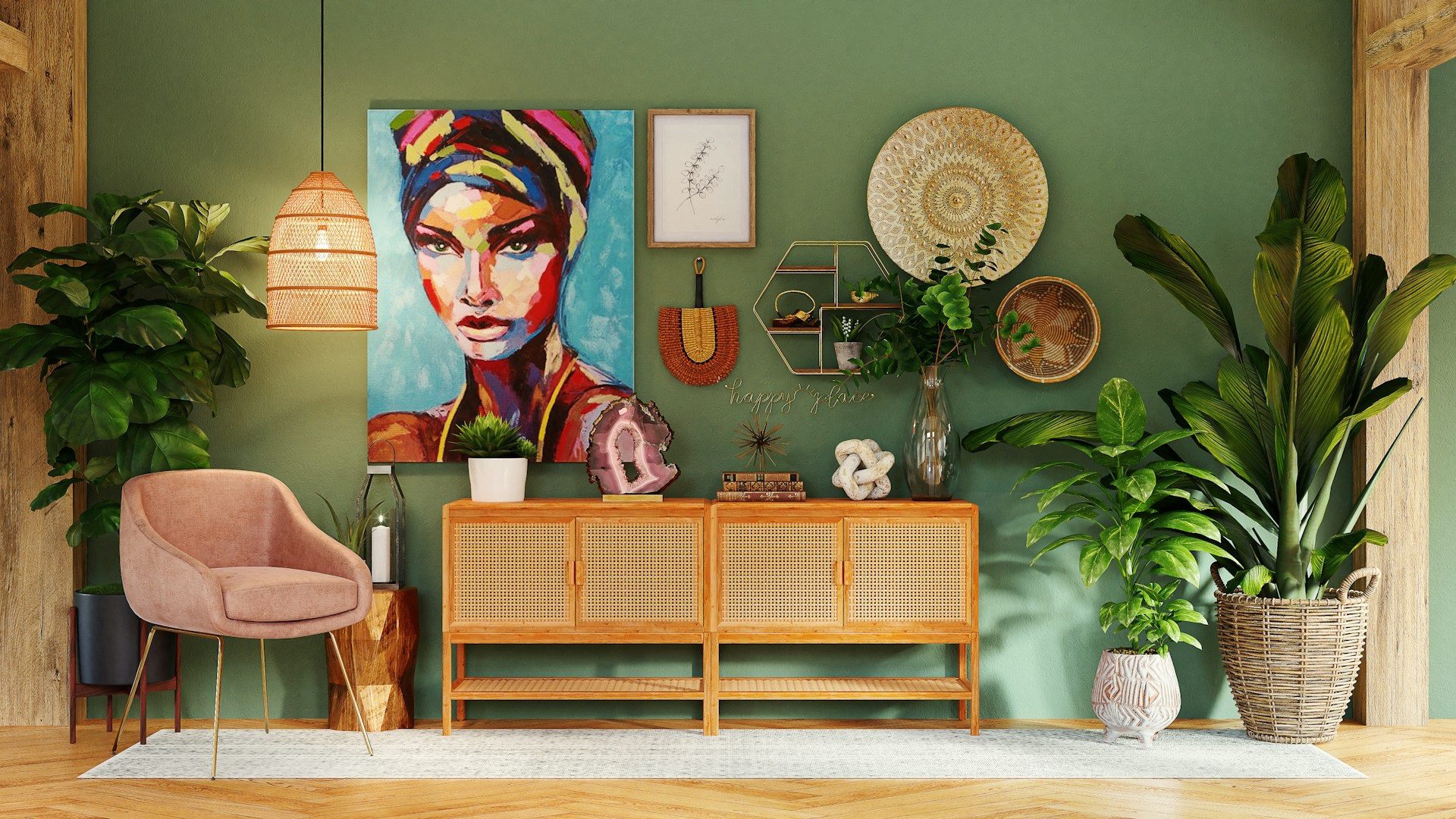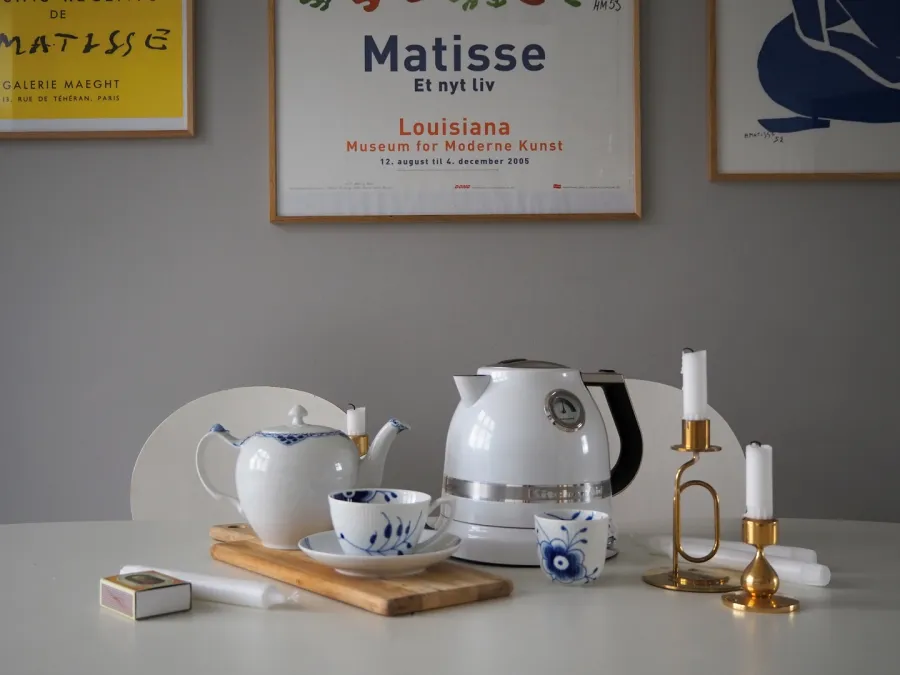
Blog
Porcelain originated in ancient China and is still used today

Porcelain, known for its hard, dense, and remarkably non-porous surface, is made from finely refined kaolin clay, which is prepared by precise processes of water removal and firing at extremely high temperatures, up to 1400 degrees Celsius. This meticulous processing produces a remarkable result.
Porcelain is difficult to make, as it requires careful carving, glazing, and firing before the piece can be used for any purpose, which is why porcelain is more expensive than other types of ceramics. It may seem strange, but some potters prefer to work with porcelain because it is much more difficult to mold on the pottery wheel and requires a skilled hand, and it provides them with the challenge to create more intricate details.
جدول المحتويات
What is porcelain?

What is porcelain?
Porcelain, a subset of ceramics, has historical significance, with roots dating back to ancient China, in addition to requiring complex skill and precise artistry to make porcelain. There is hard-paste porcelain, and soft-paste porcelain; hard-paste porcelain, defined as a mixture of kaolin and pterygium, is flexible, and has a transparent quality as a result of firing at temperatures between 1400 and 1450 degrees Celsius, ensuring complete glazing. It is characterized by its strength, whiteness, and noticeable resonance when struck.
Soft-paste porcelain, by contrast, mixes kaolin with a glass-like material called frit. It is a European innovation intended to mimic Chinese porcelain. This porcelain is fired at relatively low temperatures, between 1,100 and 1,200 degrees Celsius, resulting in a less glazed, smoother texture. As a result, fine porcelain tends to be less translucent, more prone to cracking, and has a slightly grainier surface than its hard-paste counterpart.
Porcelain tiles

Porcelain tiles
Porcelain tiles are known for their high density, low porosity, which means they are “compact” and have little open spaces between the particles. Therefore, it is highly durable, resistant to wear and tear, making it suitable for high-traffic areas, such as: Floors and countertops. In addition, porcelain tiles are water-resistant, making them an ideal choice for areas that are exposed to moisture and water, such as: Bathrooms, decorative kitchens, and interior spaces.
These moisture-resistant tiles are less susceptible to the growth of mold, fungus, and bacteria. This quality is especially important in environments such as: Bathrooms and kitchens, where maintaining cleanliness is essential.
Porcelain countertops are also durable and resistant to fire, scratches and stains. The same goes for sanitary ware, sinks, and bathtubs…

Porcelain bathtub
Continuous technological innovation in the ceramic industry, largely led by Italy, resulted in the birth of modern porcelain tiles and a new family of products in the early 1990s. However, the process hasn’t changed much in terms of the materials used, or the method of manufacture.
Dining and Grooming Tools

Dining and Grooming Tools
In addition to porcelain tiles, there are different ways to use the material in home decor, including: Tableware, cookware, jars, and trendy vases. Porcelain tableware is dishwasher, microwave, and oven safe, unless otherwise stated by the manufacturer. Porcelain’s durability and elegant design make it a popular choice for special occasions. However, it can also be used every day to elevate your dining experience.
You can find porcelain plates, bowls, cups, and table accessories in a range of colors and patterns from top brands. Porcelain sets are best displayed in the home dining room. The material can be used to create a striking atmosphere in homes with rustic or traditional decor, or to add a touch of elegance to a modern space. Porcelain can be found in a wide range of styles, sizes, and motifs, through vases and other items used to decorate the home.

Pitcher used for decorating
An additional advantage of porcelain is its non-stick cooking surface, through cookware made from the material. This means you can simmer or bake in it. Porcelain is more expensive than pottery and porcelain because it requires more skill to mix a mixture of kaolin and other ingredients, form small dishes or figurines, and fire them at the right temperatures.
Eco-friendly materials
Sustainable shopping has seen a huge increase in recent years; there are types of porcelain that contain up to 60% recycled materials, while 100% of the water used is returned and 95% of the raw waste is recovered. Homeowners can combine porcelain, recycled and heritage pieces for an overall sustainable option.
